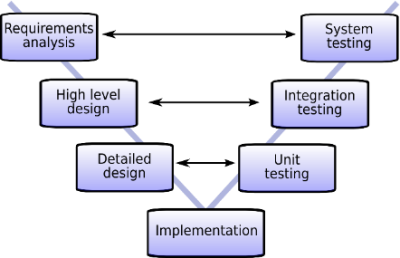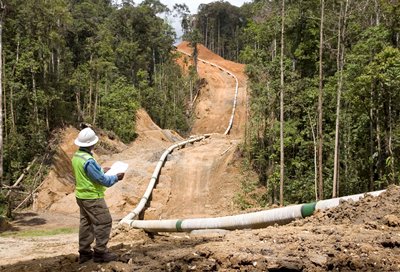Benchmarking: How to Ensure Effective Feedback from Cost Estimating to Project Control and Back
One of the major challenges for project-driven organisations is the quality of cost estimating. It plays a significant role in the final success of a project. For less mature organisations, the quality of estimating often relies on the infamous ‘little black pocket booklet’ of an expert estimator. However, the quality of estimates can be greatly enhanced by an appropriate benchmarking process that feeds back actual, timely cost information into estimating. Setting up and running this process is difficult and only a few very mature organisations manage it effectively. In our new White Paper ‘Benchmarking: Ensuring Feedback from Cost Estimating to Project Control and Back‘ we examine the main stumbling blocks and what are the best practices for effective benchmarking processes.

The main issue facing effective benchmarking is the fact that the breakdown structure for estimating and for benchmarking are never quite aligned, and that seeking such alignment will create substantial inefficiencies and risks.
Other issues are explored based on our observations around the level of detail of benchmarking, the issue of timeliness of information and the need to have a continuous benchmarking process to have fresh cost information, the issue of data quality and accessibility.
Explore in detail this important issue in our new White Paper ‘Benchmarking: Ensuring Feedback from Cost Estimating to Project Control and Back‘.
If you can’t access the link to the white paper, copy and paste the following link in your browser: https://www.projectvaluedelivery.com/_library/2019-07_estimating_benchmarking_v0.pdf










What ‘Reserved Scope’ Should Owners Specifically Manage
Owners of large, complex projects have substantial responsibilities to ensure the success of the projects they drive. In our new White Paper 2019-05 ‘What ‘Reserved Scope’ Should Owners Specifically Manage’ we detail what are the issues that we believe should be specifically managed by the Owner, as part of a ‘Reserved Scope’ that cannot be delegated to Contractors.
We strongly believe that because of the accountability of the Owner, part of its scope cannot be delegated to contributors or Contractors that are involved in the actual project execution (and may thus have conflicts of interests). Keeping this scope under direct Owner oversight is an essential project success factor. It has to be taken into account when dimensioning and budgeting the Owner team. Read our new White Paper 2019-05 ‘What ‘Reserved Scope’ Should Owners Specifically Manage’ to know more about this issue and how to address it upfront.
If you can’t access the link to the white paper, copy and paste the following link in your browser: http://www.projectvaluedelivery.com/_library/2019-05_Owner_reserved_scope_v0.pdf